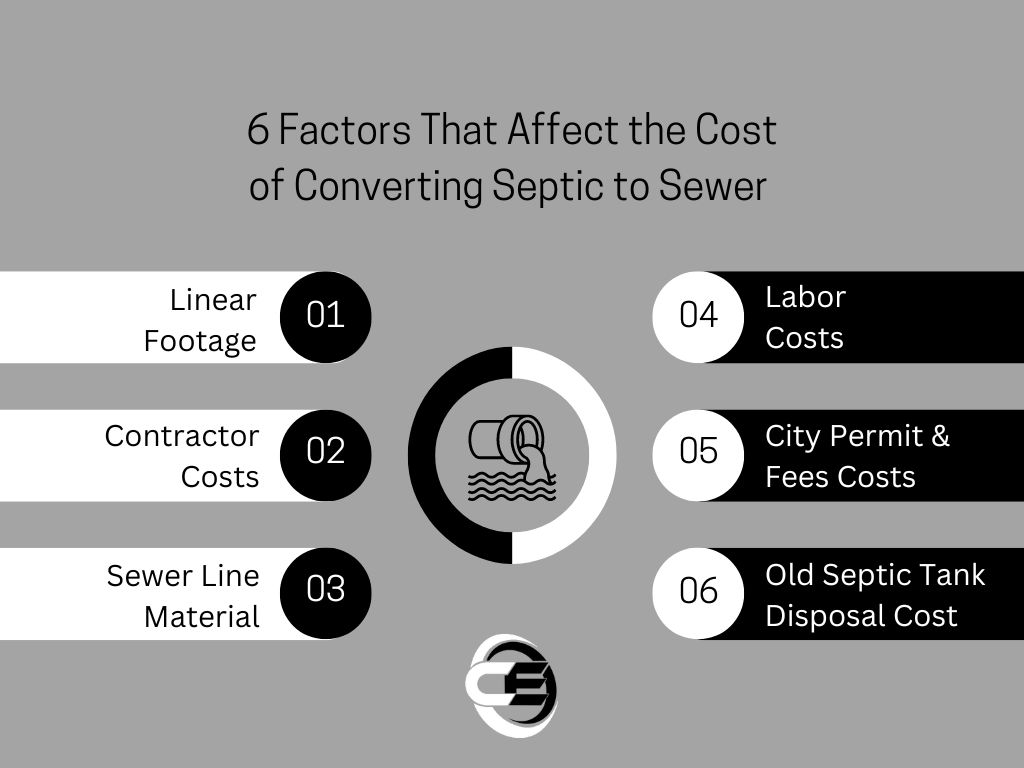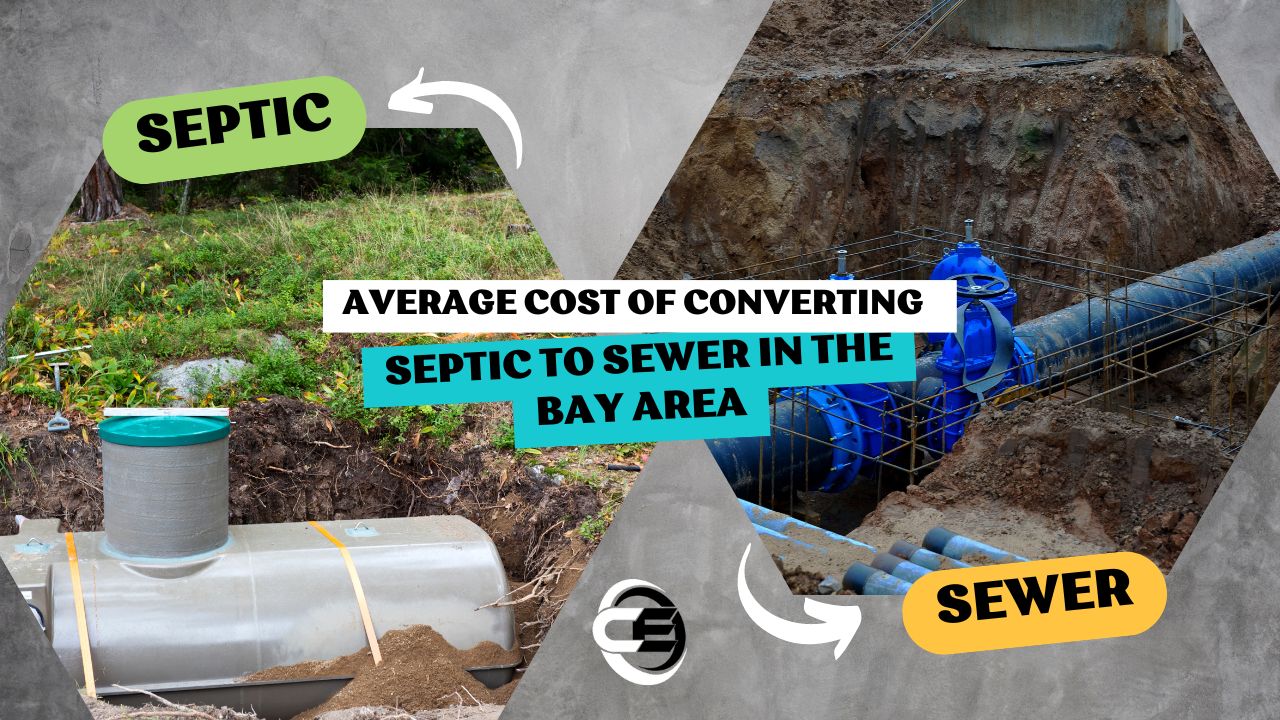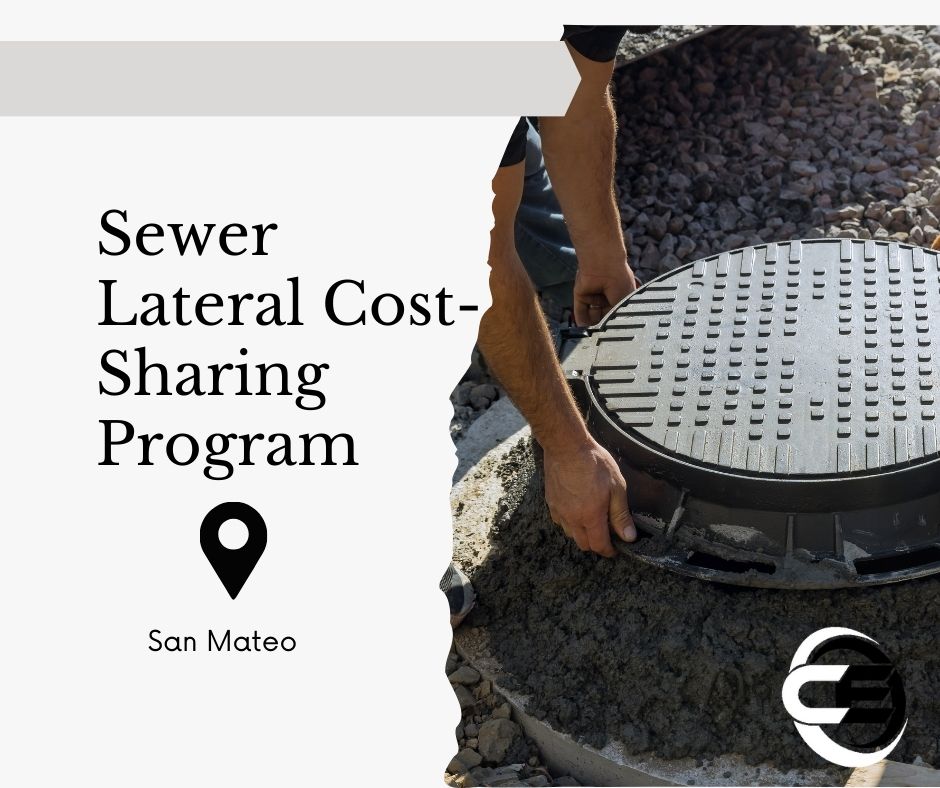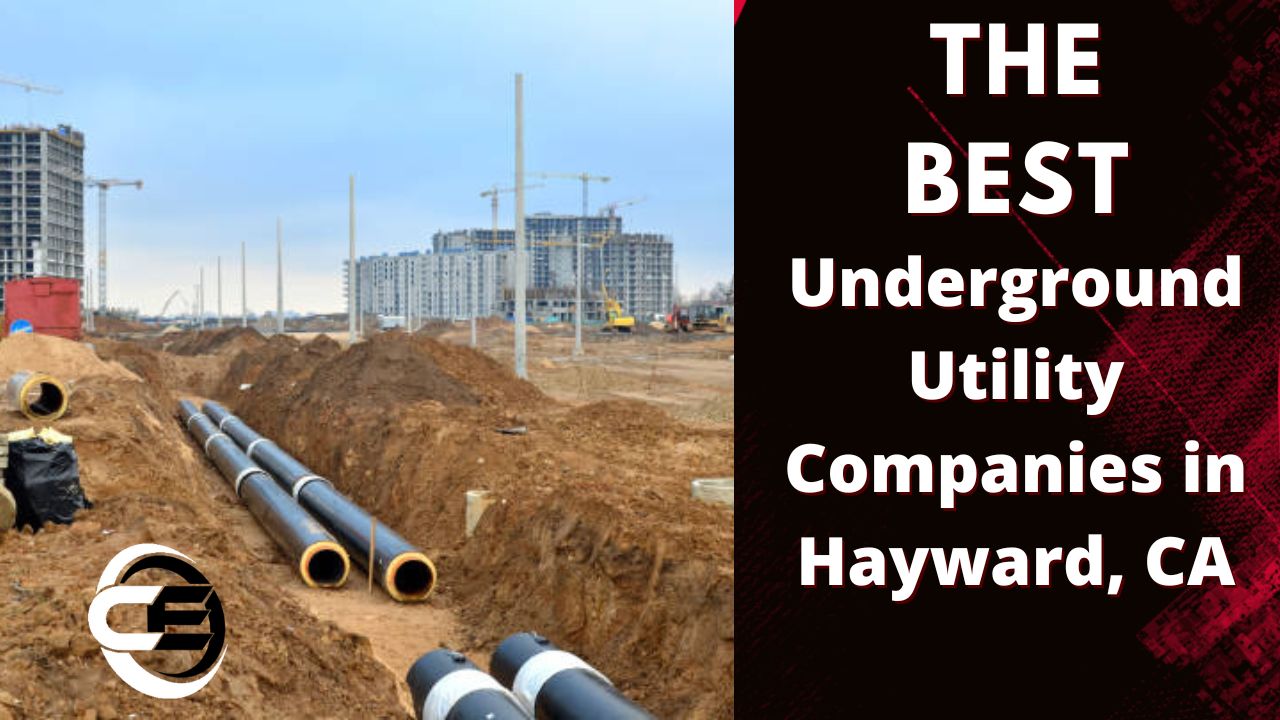Both the septic tank and public sewer system have pros and cons. People shift between the two systems for a variety of reasons. It could be you want to save on water bills. Maybe the city council is finally connecting your neighborhood to the main sewer line. Many homeowners have also opted to relinquish their septic tank-related responsibilities. Regardless of your reasons, the cost to convert septic to sewer is a central factor.
Table of Contents
- How Much Does It Cost to Convert Septic to Sewer?
- Factors That Affect the Cost of Converting Septic to Sewer
- Cost-Effective Septic to Sewer Conversion
How Much Does It Cost to Convert Septic to Sewer?
The price ranges between $3000 to $55,000 in the Bay Area because many factors inform pricing.
| Average Cost to Convert Septic to City Sewer | Price Range |
| Average Cost | $7000 |
| Highest Range | $55,000 |
| Lowest Range | $3000 |
A clear idea of the potential charges is essential for precise cost estimates. To help you plan, here is a breakdown of factors that affect cost when converting from a septic to a public sewer system.

1. Linear Footage
| Sewer Line Length in Linear Feet | Cost to Convert from Septic to Sewer |
| 50 | $10 to $8000 |
| 100 | $20 to $15,500 |
| 150 | $30 – $22,000 |
| 200 | $40 – $30,000 |
| 250 | $50 -37,000 |
Piping materials cost anywhere between $0.20 and $150 per linear foot. The distance of your property to the public sewer line determines this cost. This price does not include labor. Here is an estimation for the cost of converting septic to city sewer per linear foot.
2. Contractor Costs
The Bay Area plumbing codes require licensed contractors to handle septic to public sewer conversions. You cannot DIY the project unless you are a certified plumber. The average cost of hiring a professional contractor depends on the pricing model. Does the contractor charge per hour, or does it have a standard charge? The number of plumbers working on the site also affects rates.
3. Sewer Line Material
Another area where costs vary is the pipeline material. The Bay Area plumbing codes require sewer lines to have either polyvinyl chloride (PVC), copper or copper alloy, or cast iron. The most expensive of these materials is copper. While copper is known for its durability, it is still less frequently used in many Bay Area properties.
PVC’s durability and affordability make it the most popular choice for sewer pipes in many Bay Area properties. Another popular option is the cross-linked polyethylene (PEX) pipe. It offers flexibility, water-pressure regulation, and price range. Here is how different pipe materials fare in the market.
| Type of Material | Price Estimates (Per Linear Feet) |
| Cast-Iron | $25 – $200 |
| Copper | $20 – $75 |
| PEX | $0.30 – $4 |
| PVC | $0.20 – $3 |
4. Labor Costs
Another factor plumbers consider when quoting prices is labor intensity. The expected work also determines the number of contractors on site. Typical labor costs include installing the cleanout, which can exceed $250. On the other hand, a two-way cleanout sewer system can cost between $1400 and $2300.
The cost of purchasing and installing backflow preventers depends on the material, size, and features. This price can reach over $2000. You also require fittings and adaptors to connect the sewer lateral to your sewer system and the public sewer.
Converting from a septic tank to the City’s sewer system requires excavation. The distance between your home and the public sewer line determines the cost. Prices range between $30 and $100 per linear foot. Plumbers also charge for backfilling and slab restoration. Contractors also include design and inspection costs prior to the conversion.
5. City Permit and Fees Costs
The Bay Area plumbing regulations require permits for septic tank to public sewer system conversions. Before starting the conversion project, comply with local and California laws, get all the permits, and pay all required fees.
You may need the services of local authorities in some cases. For instance, if digging may involve going through a public road. Working with a certified plumbing company relieves you of the burden of all the paperwork involved in the conversion process. Your hired contractors handle every legal requirement, ensuring you comply with local and state regulations.
6. Old Septic Tank Disposal
On average, it will cost between $5000 and $6000. Several factors affect this price range. The larger and heavier the septic tank, the more expensive it will be to decommission. The tank’s condition also influences pricing. For instance, plumbers must empty damaged or compromised tanks before disposal.
Another important factor is the tank’s position. Underground tanks are more labor-intensive to remove compared to above-ground tanks. Therefore, they are much more costly.
Septic tank removal can cause pollution. It requires professionals to handle all the logistics and heavy lifting. The number of contractors influences pricing. The cost of converting a septic tank to a public sewer increases with the number of workers handling the decommissioning.
Cost-Effective Septic to Sewer Conversion
At Century Home Services, we offer septic to sewer conversion services at affordable rates in the Bay Area. Our in-house contractors are familiar with the region’s sewer system from residential, commercial, and municipal levels. We offer comprehensive services, from inspection to sewer line design, septic tank decommissioning, and connection into the public system. Our team excels in all engineering processes and works to ensure your transition process is seamless. Call us today for a detailed quote of the cost of converting a septic tank to a public sewer.






